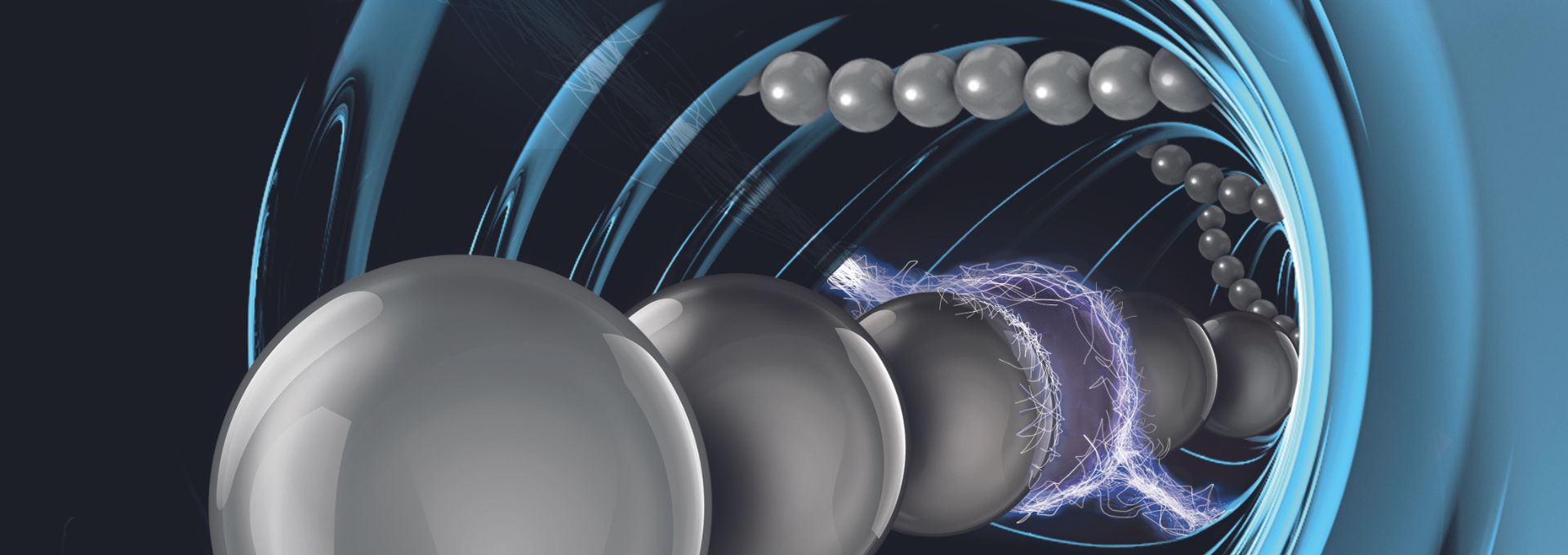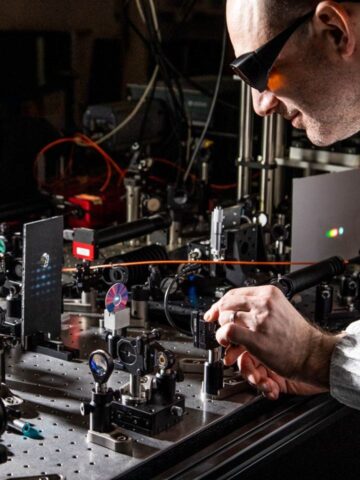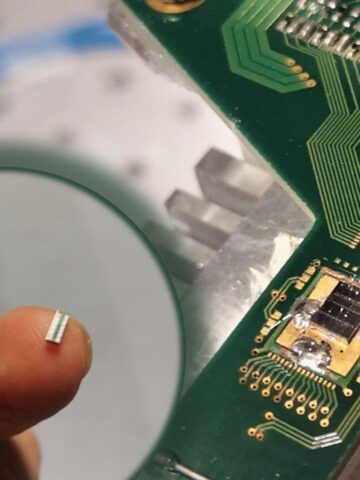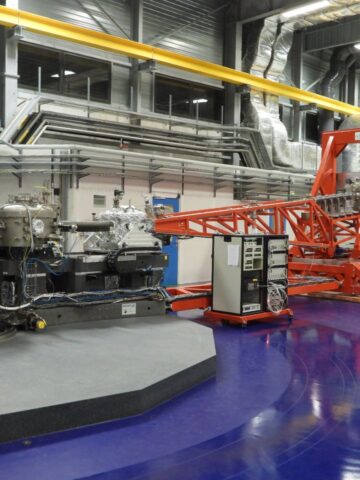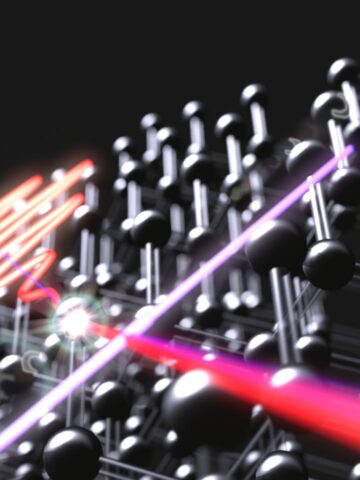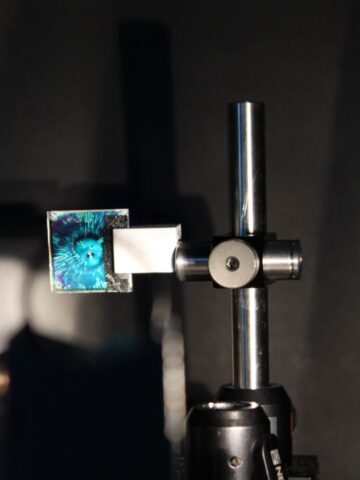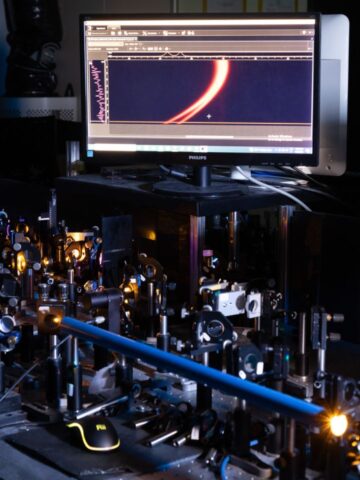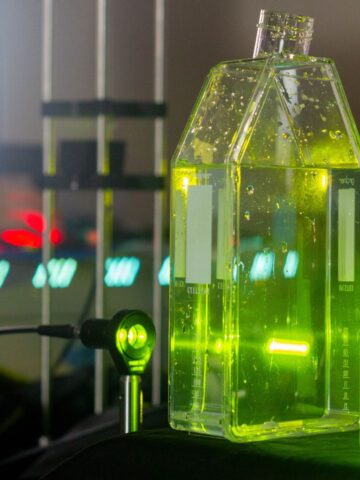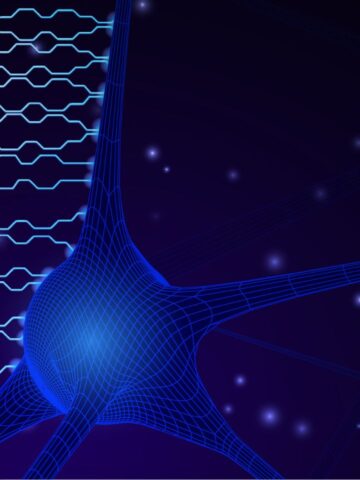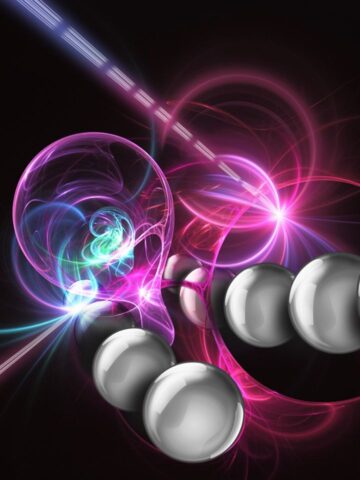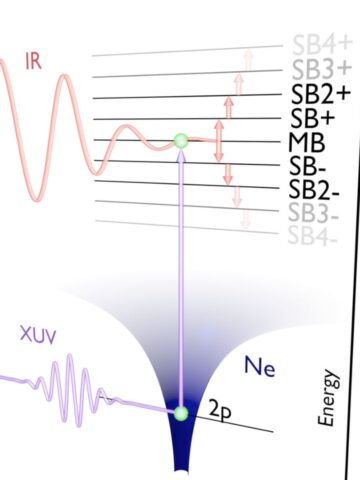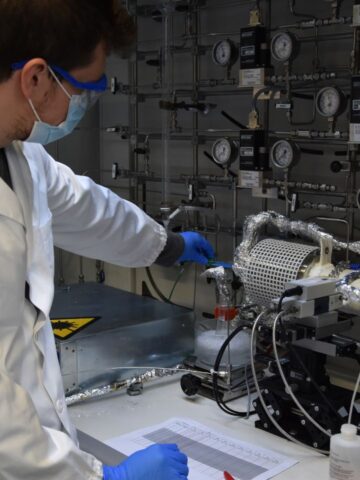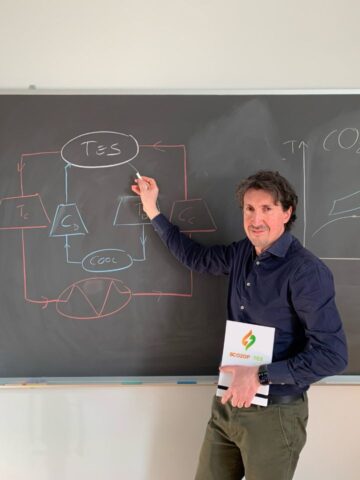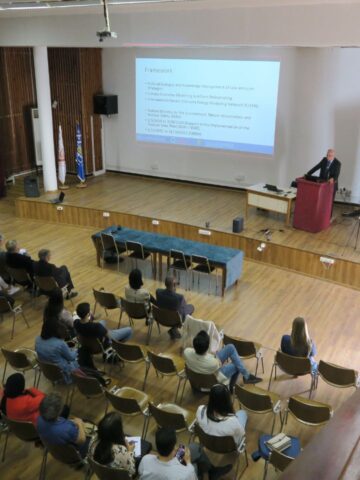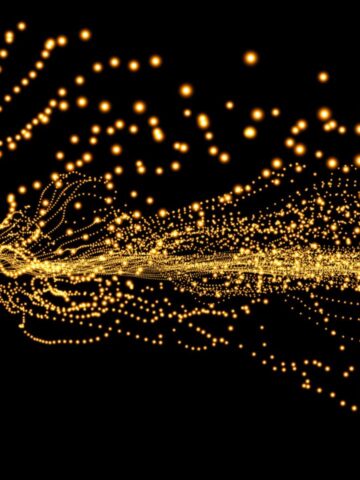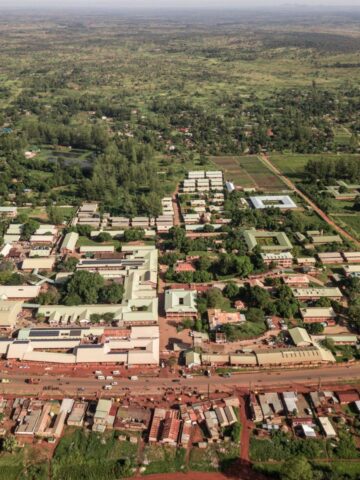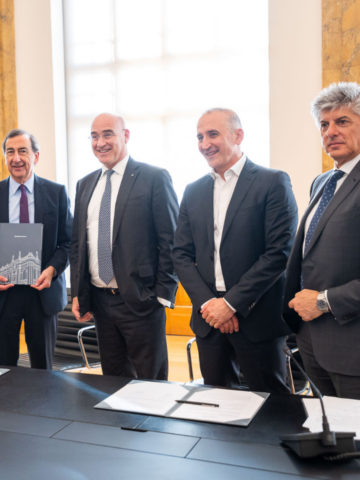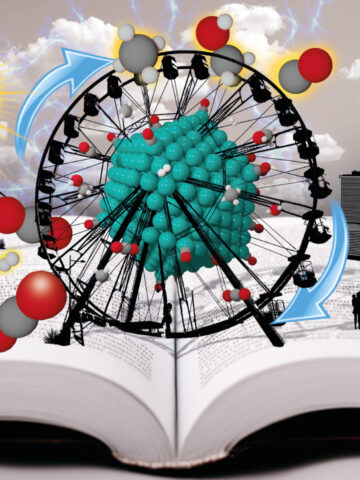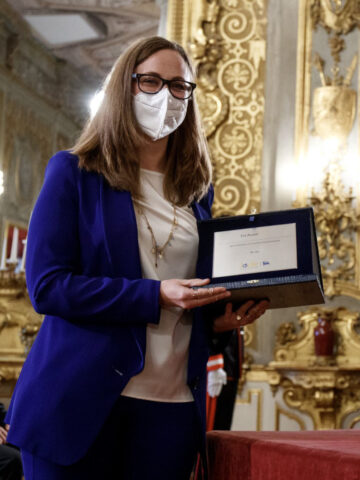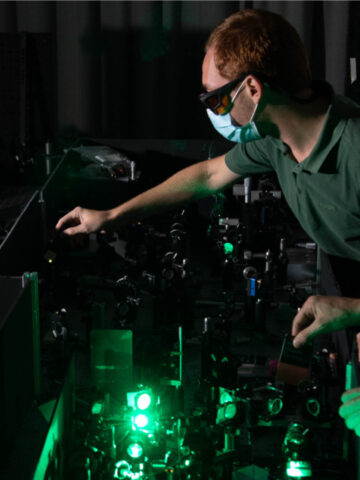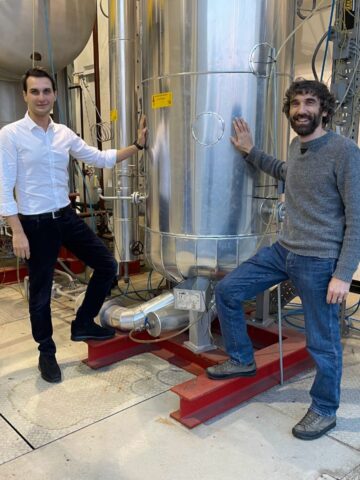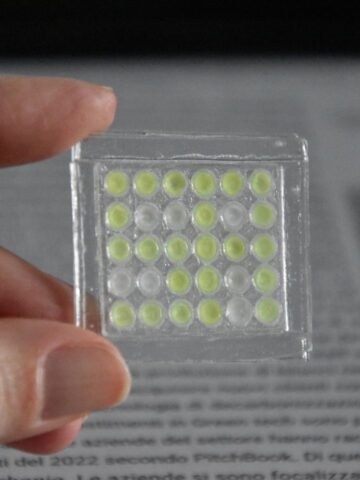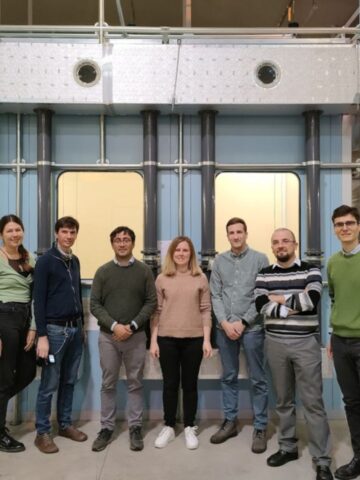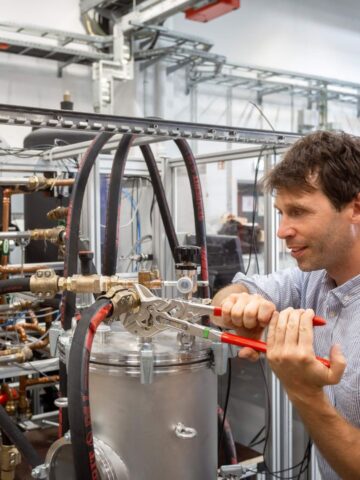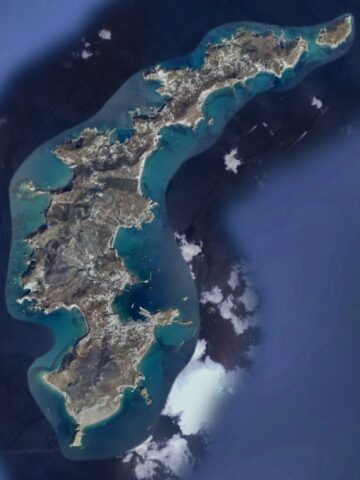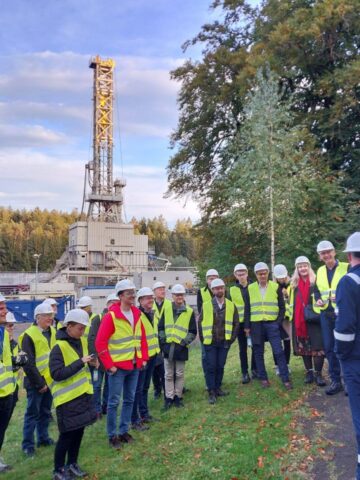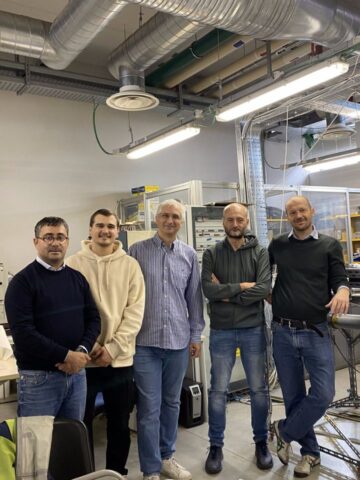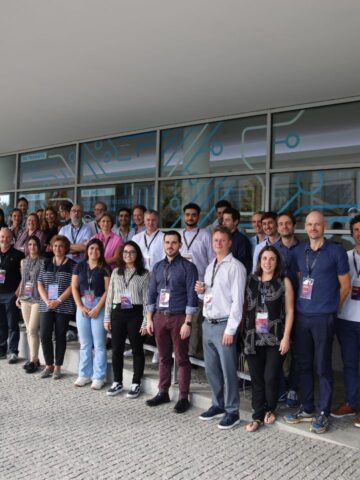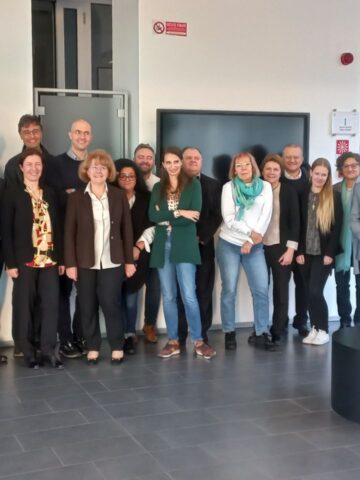A study resulting from the collaboration between the Department of Energy and the Department of Physics of Politecnico di Milano and the Department of Chemistry of the University of Bologna has been published in the Journal of the American Chemical Society as the cover article.
The team of researchers made a discovery that sheds new light on the properties of wire-shaped carbon nanostructures, also known as ‘polyynes’. Composed of few carbon atoms, these wires could revolutionise technological applications due to their extraordinary mechanical, thermal and electronic properties.
This study lays the foundation for new technological opportunities. Understanding how these nanostructures interact with light is crucial to exploiting their full potential in areas such as opto-electronics and renewable energy,
Giulio Cerullo and Margherita Zavelani-Rossi, co-authors of the article
At the heart of the research is the study into how these nanostructures react to light. Using state-of-the-art technology and ultra-short laser pulses, the researchers synthesised these structures in a controlled manner and examined their optical properties in detail. This allowed them to reveal the mysteries of the reactions triggered by light in these nanostructures.
The most surprising findings arise from the speed of the processes observed. In particular, when hit by light, these nanostructures rapidly switch from an excited state to a more stable one, all in an incredibly short time, just 200 millionths of a billionth of a second.
This discovery has significant implications for technology. Understanding how these nanostructures react to light could pave the way for new applications, such as advanced electronic devices and solar energy conversion technologies.
Carbon nanostructure research is a complex and upcoming field. Our findings represent a step forward in the understanding of these structures and their potential applications.
Carlo Casari, co-author of the article
